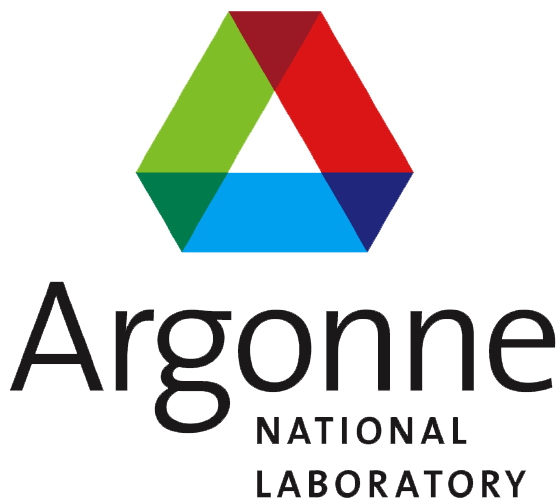Recipe - Recipe Definition (optional, may appear multiple times)¶
The most common resources being exchanged by Cyclus agents is a
material which has both a composition and a mass. While the
composition of a material object may be manipulated over time by the agents
that transact it, it is often necessary for the user to define a specific
recipe for a material. Each recipe section can be used to define a named
composition that can then be referenced elsewhere, such as in the data for an
archetype.
A recipe block has the following sections in the following order:
name(required once) - the unique name for this commodity
basis(required once) - an indication of whether the composition is based on the atom fractions or mass fractions; one of:
atom - atom fractions are given in the nuclide list
mass - mass fractions are given in the nuclude list
nuclide(required at least once) - a list of nuclides and their relative quantities, where each section includes:
id- identifies a particular nuclide either with its canonical integer ID in the form ZZAAAMMMM or one of a few other common forms. Here are some acceptable forms: 922350000, U-235, U235, Am242M. The canonical integer nuclide format is a general format that encodes the atomic number (Z), the mass number (A) and the energy state (M) with the formula (Z*1000 + A) * 10000 + M.
comp- a number indicating the quantity of this nuclide to that of other nuclides in the material. The quantities are normalized to the sum of all a composition’s constituents, so the user need not provide quantities normalized to any particular value.
Example¶
This example defines two material compositions. The first has the name
commod_recipe, is defined using mass fractions, and contains a single
nuclide of H-1. The second recipe is named natU_recipe, is defined using
atom fractions, and contains two nuclides: 0.7% of the atoms are U-235 and
99.3% of the atoms are U-238.
XML:
<recipe>
<name>proton_recipe</name>
<basis>mass</basis>
<nuclide>
<id>010010000</id>
<comp>1</comp>
</nuclide>
</recipe>
<recipe>
<name>natU_recipe</name>
<basis>atom</basis>
<nuclide>
<id>922350000</id><comp>0.007</comp>
</nuclide>
<nuclide>
<id>922380000</id><comp>0.993</comp>
</nuclide>
</recipe>
JSON:
{
"recipe": [
{"name": "proton_recipe",
"basis": "mass",
"nuclide": {"id": "H1", "comp": 1}
},
{"name": "natU_recipe",
"basis": "atom",
"nuclide": [
{"id": "U235", "comp": 0.007},
{"id": "U238", "comp": 0.993}
]
}
]
}
Python:
{"recipe": [
{"name": "proton_recipe",
"basis": "mass",
"nuclide": {"id": "H1", "comp": 1},
},
{"name": "natU_recipe",
"basis": "atom",
"nuclide": [
{"id": "U235", "comp": 0.007},
{"id": "U238", "comp": 0.993},
],
},
],
}
Grammar Definition¶
<element name="recipe">
<element name="name"><text/></element>
<element name="basis"><text/></element>
<oneOrMore>
<element name="nuclide">
<element name="id"><data type="nonNegativeInteger"/></element>
<element name="comp"><data type="double"/></element>
</element>
</oneOrMore>
</element>





